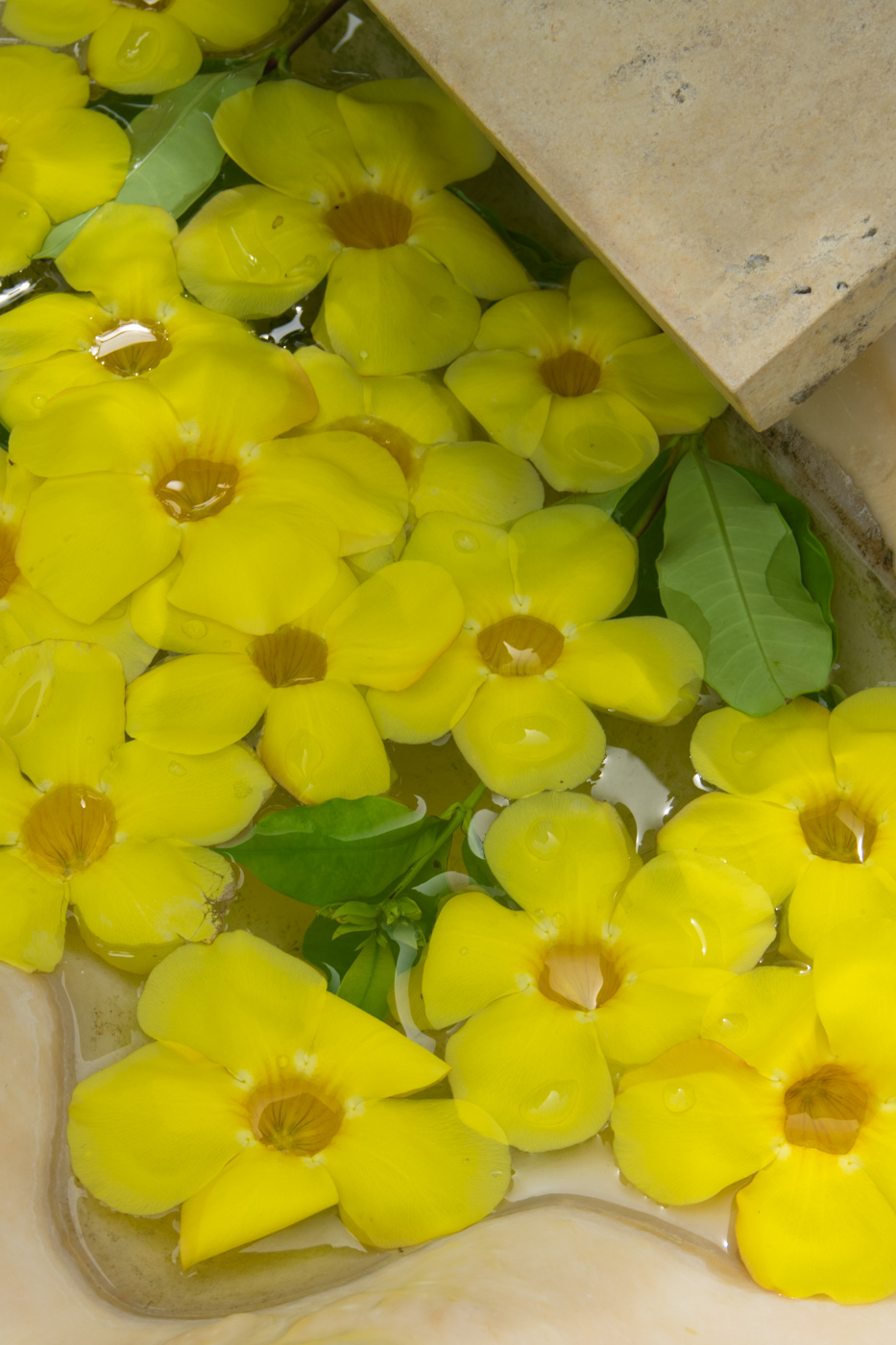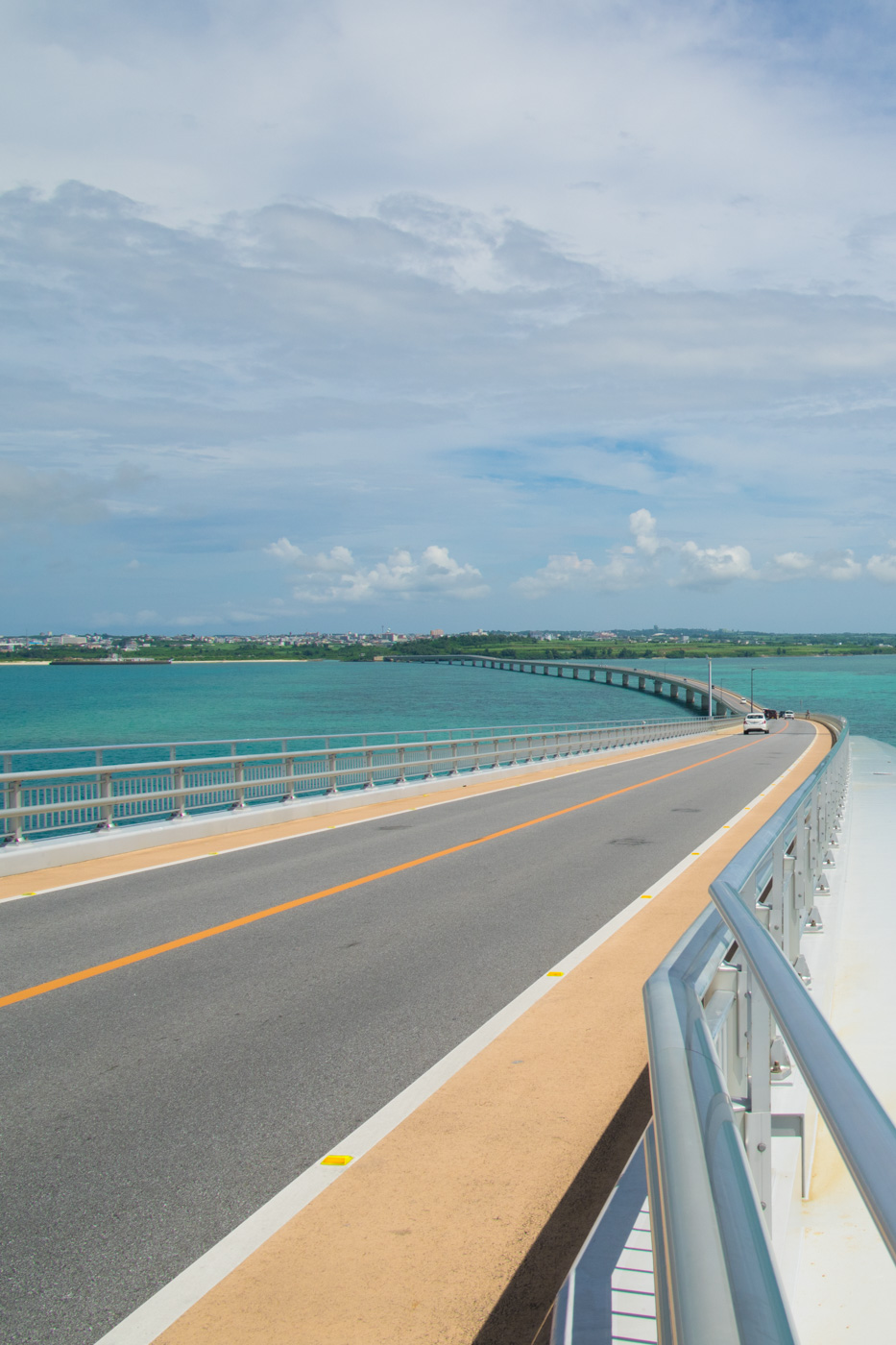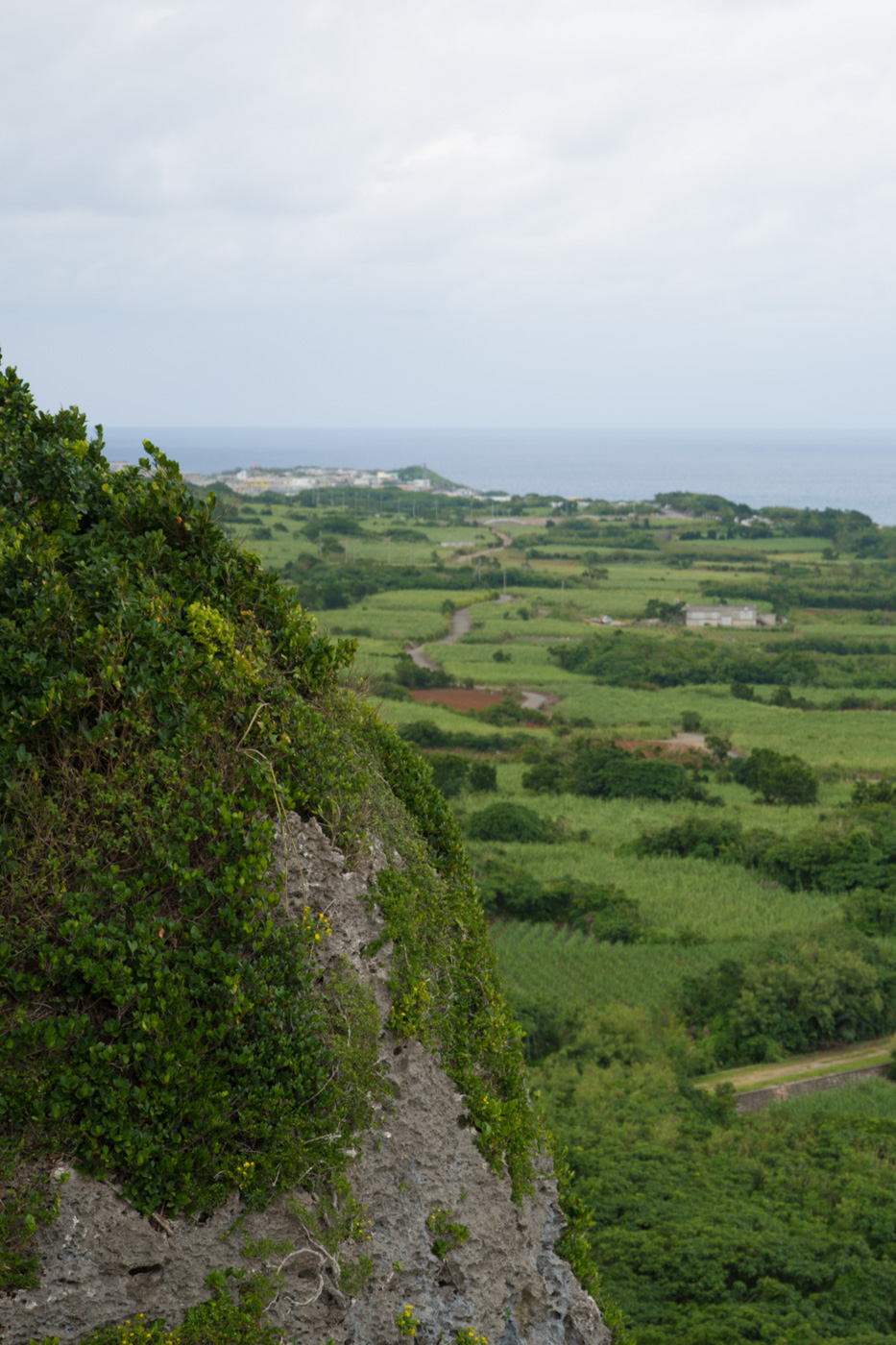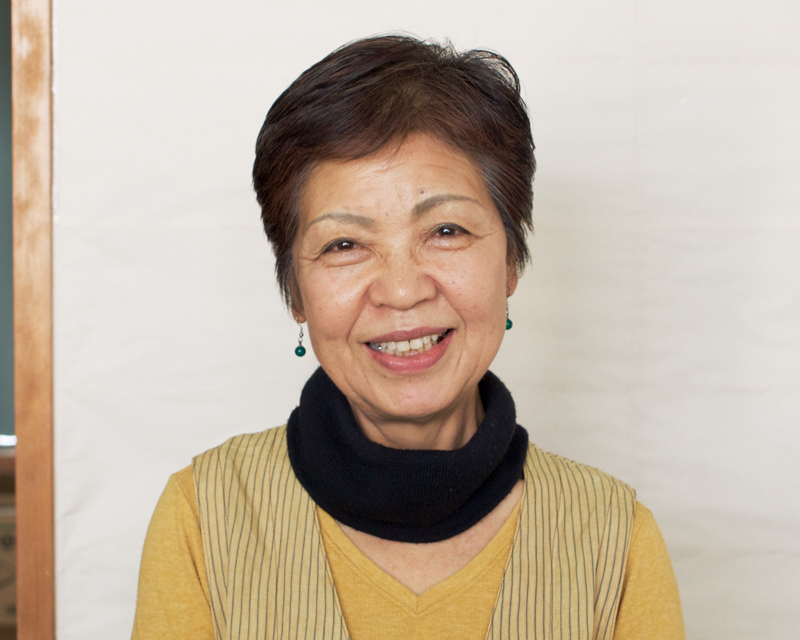Miyako Island Folklore Journey: Voices from the Past Making Connections in a Globalized World
About this website
How this website was made possible
In the autumn of 2015, I submitted a proposal to Linguapax Asia, for creating a website as part of a number of educational resources to revitalize the Miyakoan language. With a research activity grant from Linguapax Headquarters in Barcelona, I was able to embark on this project with the local minwa publisher, Ms. Seiko Sadoyama, thus creating this new platform of folktales from the Miyako Islands.
From April 2016, we will enhance this website using the research grant of JSPS KAKENHI Grant Number15K02659, Principal Researcher: Dr. Sachiyo Fujita-Round, ‘Comprehensive study of multilingualism in Japan: Inquiring education for making multicultural kyosei (co-existence)’ .
About the minwa (folktales) of the Miyako Islands
The original minwa texts on this website were actual narratives told by local storytellers and collected by the Miyako Minwa no Kai group in the 1970s. The group actively travelled around the Miyako Islands to record minwa, then transcribed and translated them into Japanese. Ms. Seiko Sadoyama is one of the original members.
We owe these storytellers our gratitude for preserving so many generous rich minwa; however, nearly all of them have now passed away. Therefore, we would like to show our gratitude by listing their names on a separate page.
The basis of the minwa on this website, however, is Ms. Sadoyama’s book (2014), published specially for children. Ms. Sadoyama is also a talented painter and all the beautiful illustrations are her work. Without Ms. Sadoyama’s constant passion for minwa, and her efforts to edit and make the most of these collected minwa, this website would not be possible. I am responsible for directing and editing this website, but all the original contents are offered generously by Ms. Sadoyama, who believes these minwa are the common treasure of the Miyako Islanders.
February, 2016
Sachiyo FUJITA-ROUND
International Christian University, ‘Media, Communication and Culture’ major

About Miyako Island Folklore's Journey from Ms. Seiko SADOYAMA (translation in progress)
スマ(島)の宝、島の共有財産
2013年『宮古島の民話百選(上)』を上梓してから1年と数ヶ月が経ちました。思いだけで突っ走った出版でしたが、関心のある方たちからは「宮古にこんなお話があったんですね」と励ましのお言葉をいただきました。何より、30数年前に出会った話者佐和田カニさんのご仏前に、約束を果たせたことの報告が出来たことは何よりでした。あの時、出会いがなければ、この宝物は話者たちと共に葬られたことでしょう。残されたこのお話は島の共有財産だと考えます。島の先人たちが、大事に語り継いだ宝物だからです。
民話は、太陽や月、星、山、木、岩など森羅万象に加え、人間に始まって牛や馬などの家畜、鳥、蛇、ネズミ、昆虫に至るまでこの世に住むすべてのものが主人公となって登場します。特に動物昔話は擬人化されて数多く語られ、この地球上には人間だけが住んでいるのではないということを教えてくれます。
見えないものや世界に大切なことが
私たち現代人は、普段から目に見える世界しか信じようとしません。見えない世界に大切なものがあることを忘れかけています。空気、時間、言葉、これらは目には見えませんが、一つでも欠けたら人間の営みが損なわれてしまいます。地球が誕生して約46億年といわれます。そして、40億年前、海底で初めて生命体が誕生し、それから250万年前に私たちの先祖といわれるホモ・サピエンスがアフリカで誕生しますが、それまでには獰猛な生き物たちも誕生していて、それらを恐れて長い年月洞窟での生活を強いられたようです。
人間が文明を手に入れたのは言葉だといわれます。コミュニケーションの手段によって全世界に広がっていきました。さらに文字を使うことによって今の文化や文明を築くことができました。この長い歴史の中で、地球がどんな変化を遂げてきたかを考えると気が遠くなります。地球の歴史は絶滅の歴史だといわれます。生物が誕生してから地球環境のさまざまな変化に対応できず多くの生き物が淘汰されています。私たちは、生きている今が全てのように思いますが、地球がこれまでどんな変化を繰り返してきたかを思うとき、民話はまさに地球の記憶を辿る記録かも知れません。
民話は傲慢になり過ぎた人間への警告
私たち人間は、地球上をすべてコントロールできると思うほど傲慢になっています。インターネットによる事件が多発し考えられないような凶悪な事件も増えています。人間が他の生き物の存在を省みない結果かもしれません。地球も一つの命、そして家族というのであれば、様々な生き物と共存していることを意識する必要があるでしょう。これから紹介する動物昔話や、創世神話、卵生説話、日光感精説話、異類婚譚は、こうした文明の行き過ぎに「もう少し、ヌカーヌカ(ゆっくり)歩こう」と言っているような気がしてなりません。
おわりに
今の子どもたちは、テレビがあり、ラジオがあり、電話があり、インターネットがあり、そして暇があります。有り有りずくめで物質的に満たされ過ぎています。だからといって、本当に幸せでしょうか。それに比べて昔は何も無かった。この違いは何だろうと考えたときに、ひとは満たされているから必ずしも幸せではないということです。30数年前に当時、70代から80代のお年寄りたちから「んきゃーんばなす」を聴きました。方言しか話せない方たちが豊かな精神世界を私たちに数多く話してくださいました。何も無かった時代の楽しみは、お互いんきゃーんばなすを話したり、聴いたりすることでした。
人間は、言葉や文字を手に入れたことによって、他の生き物たちとは違う大事な想像力を身につけました。それはいま、文化や文明となっていま開花しているわけですが、現代人を大きく二つに分けたとも考えられます。与える側と与えられる側に。昔は何も無いので皆自分たちで工夫しなければ生きていけませんでした。いまは、お金さえあれば何でも手に入れられる時代、大方の人たちが工夫もしなければ、想像もしなくなりました。子どものころから、こうした社会に慣れてくると、この先、どうなるのでしょうか。
自立できない子どもや大人が増えています。作家の松居友さんは『昔話と心の自立』の中で「昔話の中にはこころの自立のヒントが隠されている」と記し、精神世界を豊かにするために子どものころから昔話に慣れ親しむことを勧めています。昔話には、生きる上での知恵や対策が詰まっているからです。
さどやませいこ
んきゃーん塾主宰


Seiko Sadoyama
- 1950 Born in Gusukube in Miyako Island.
- 1976 Joined in the Miyako Minwa no Kai.
- 1981 Joined in painting group, Aya no Kai.
- 1982 Employed by the Miyako Mainichi Newspaper.
- 1986 Joined in the Haiku group, Ai no Kai.
- 1990 Left the MM Newspaper, started the Kataribe publisher.
- 1992 Given an award on her essay writing.
- 1993 Joined in the painting group, the Nikikai, and given by Ryukyu Shinpo (Ryukyu Newspaper) an award on her children’s story, also another award on her essay writing.
- 1998 Reemployed by the Miyako Mainichi Newspaper, and given an award on short novel by Ryukyu Shinpo (Ryukyu Newspaper).
- 1999 Given the ‘Taira Koji’ award.
- 2000 Left the MM Newspaper.
- 2006 Reemployed by MM Newspaper as a free lance.
- 2014 Retired from the MM Newspaper, started Nkyaanjuku, publishing and publicity activities on the Miyako Island folklore.
She wrote the books as follows: 諺集『んきゃーんじゅく』、『みやこのみんわ』(1~3、共著)、『みやこの民話―動物編』、『宮古島の民話百選(上・下)』etc.



